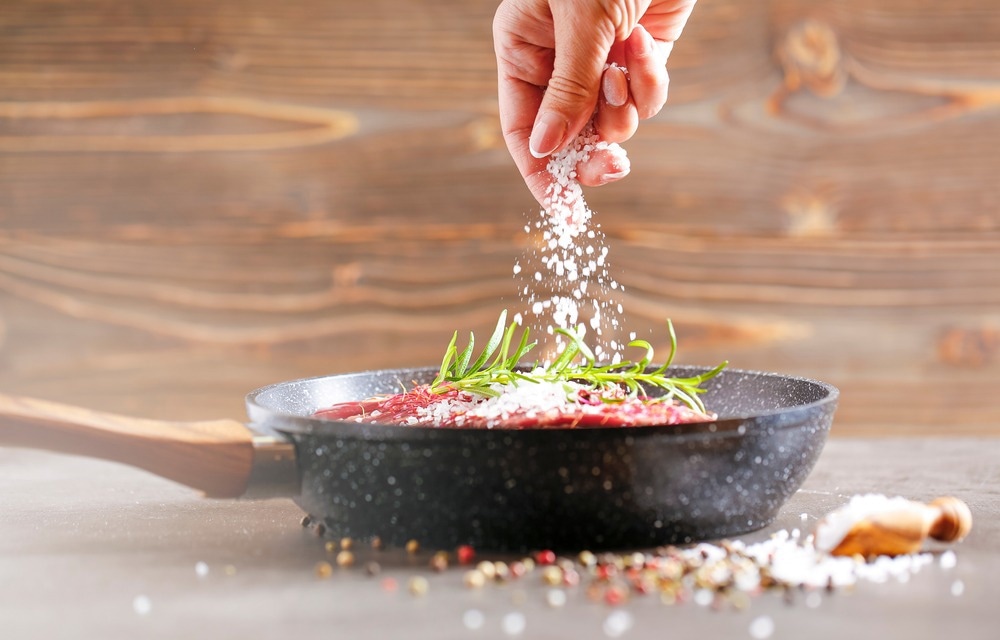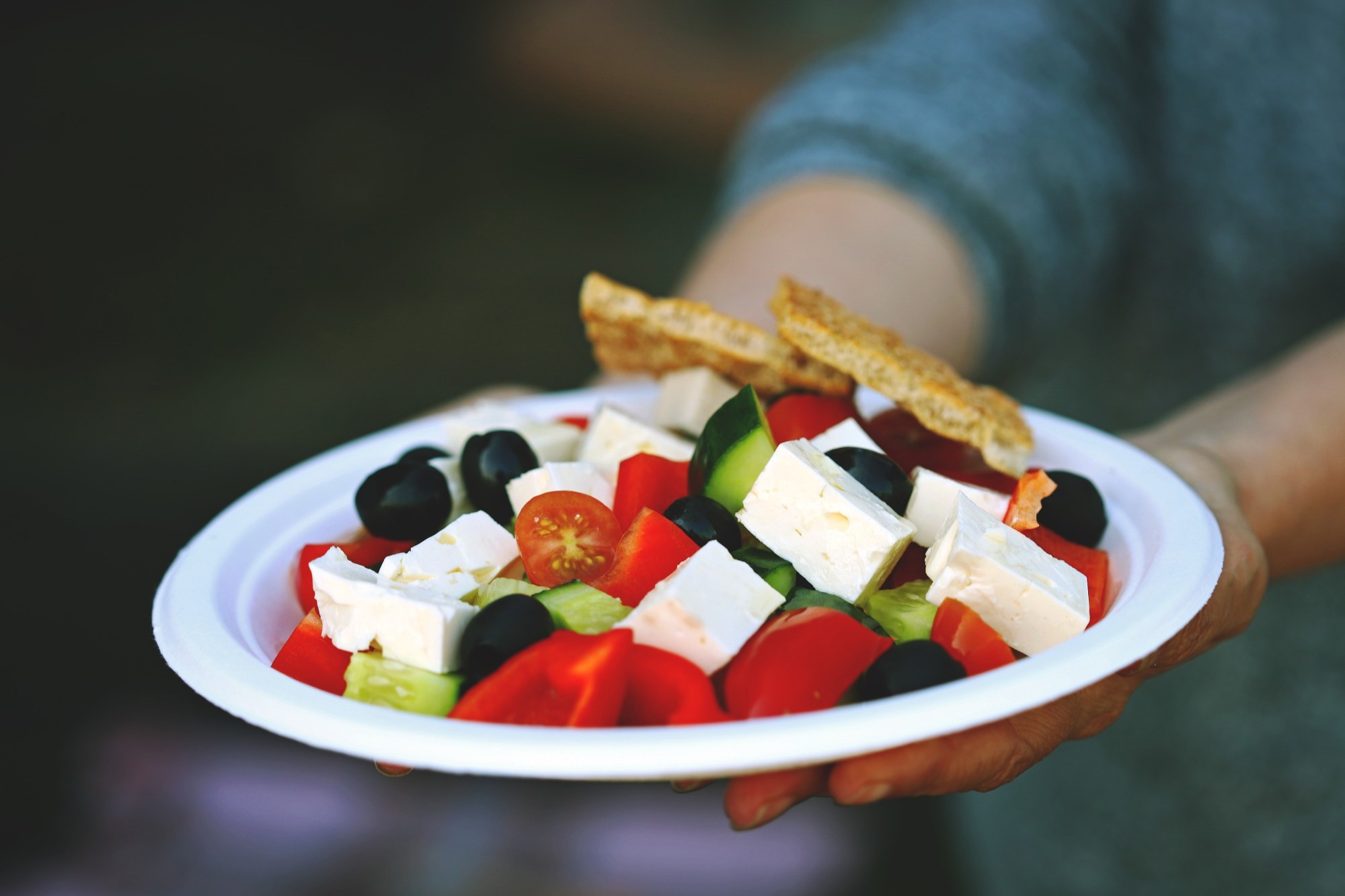Whilst many research have tested male salt intake behaviors, much less analysis has tested how those behaviors might vary amongst feminine topics. To this finish, a contemporary Vitamins magazine learn about opinions variations in salt consumption in response to intercourse.
Learn about: Intercourse variations in salt urge for food: Views from animal fashions and human research. Symbol Credit score: mmpixels91 / Shutterstock.com
Contents
Background
The innate urge for food for salt amongst people and animals is in large part pushed by way of the physiological want for sodium to deal with frame fluid homeostasis and intracellular signaling. On the other hand, ‘salt cravings’ also are traits of more than a few medical and physiological stipulations, reminiscent of all over being pregnant, lactation, and tension. Even in non-deficient states, salt acts as a stimulus and facilitates more than a few varieties of finding out.
Angiotensin II is a big hormone that without delay acts on a lot of organ goals, together with the mind, to keep watch over salt and thirst urge for food. Mineralocorticoids like aldosterone also are necessary hormones that keep watch over sodium ranges by way of appearing at the mind to urge thirst and salt starvation cues.
In spite of the huge quantity of research which have been carried out to higher know how those other hormones keep watch over sodium urge for food, all these experiments have best been carried out in male rats, thus restricting the generalizability of those findings to feminine rats.
Intercourse variations and salt urge for food
Publicity to other ranges of estrogens, progestins, and/or androgens in each women and men has been proven to have a brief affect on sodium consumption when without delay uncovered to those hormones. Thus, the body structure of salt in each women and men, in addition to their conduct in regard to the consumption of this very important mineral, is most likely unbiased of gonadal hormones.
Curiously, in vivo research in rats have persistently demonstrated that grownup feminine rats will eat a better quantity of saline as in comparison to male rats. Moreover, feminine rats will frequently elicit higher ingestive responses to sodium than male rats when taking part in style reactivity checks.
Those findings point out {that a} important distinction exists within the style sensitivity of salt between female and male rats. In truth, male rats which have been castrated at beginning were proven to showcase greater salt consumption all over maturity, while feminine rats handled with testosterone showcase behaviors that extra carefully resemble the diminished urge for food of ordinary male rats.
In a single learn about the place female and male mice had been handled with furosemide and a sodium-deficient nutrition, male mice exhibited an greater sodium urge for food as in comparison to women, which without delay contrasts with the findings in rats. This remark emphasizes the significance of making an allowance for species-specific variations when intercourse variations in salt urge for food are being studied.
Taken in combination, the activational results of gonadal hormones like estradiol and testosterone on salt urge for food stay poorly understood and require additional investigation.
Salt cravings all over being pregnant and lactation
Hormone ranges differ all over being pregnant and most likely have an immediate affect on sodium consumption all over this time. Importantly, fetal and offspring survival depends upon enough sodium intake by way of the mum all over being pregnant.
In vivo research on pregnant rats have proven {that a} low sodium nutrition ends up in diminished muddle sizes, are living births, and offspring that live on to weaning, in addition to a better selection of stillbirths. Moreover, low sodium consumption all over being pregnant has been proven to vary kidney serve as, cut back the degrees of mind proteins, in addition to build up blood force ranges of rat offspring.
In a single learn about, non-pregnant rabbits handled with prolactin and oxytocin to imitate lactation greater their consumption of sodium with out inflicting any variations of their excretion of this mineral. This remark confirms that the greater salt urge for food all over lactation could also be without delay associated with circulating hormone ranges, fairly than an greater lack of sodium via launched breast milk.
The aforementioned blended effects on how intercourse hormones affect variations in salt urge for food additionally restrict the power to conclusively decide the function of estradiol and different gonadal hormones on salt consumption all over gestation and lactation. Likewise, extra analysis is had to perceive the underlying mechanisms contributing to those distinctive sodium consumption behaviors.
Conclusion
Like rats, intercourse variations in sodium consumption have additionally been broadly reported in people. Even if intercourse hormones most likely affect the salt urge for food of many animals, such variations stay unclear in people and are most likely multifactorial.
In people, the consequences of intercourse variations and salt consumption are frequently associated with the well being penalties of a high-salt nutrition. Except the widely recognized clinical penalties of a excessive salt nutrition, in particular for girls, its results on reproductive well being and temper are rather unstudied.
Since salt is the one nutrient whose enchantment, consumption, disposition, and results vary dramatically by way of intercourse, long term analysis analyzing those variations should be carried out on feminine animals.
Magazine reference:
- Santollo, J., Daniels, D., Leshem, M., et al. (2023). Intercourse variations in salt urge for food: Views from animal fashions and human research. Vitamins. doi:10.3390/nu15010208.
Supply Through https://www.news-medical.internet/information/20230116/How-salt-appetite-differs-between-males-and-females.aspx




